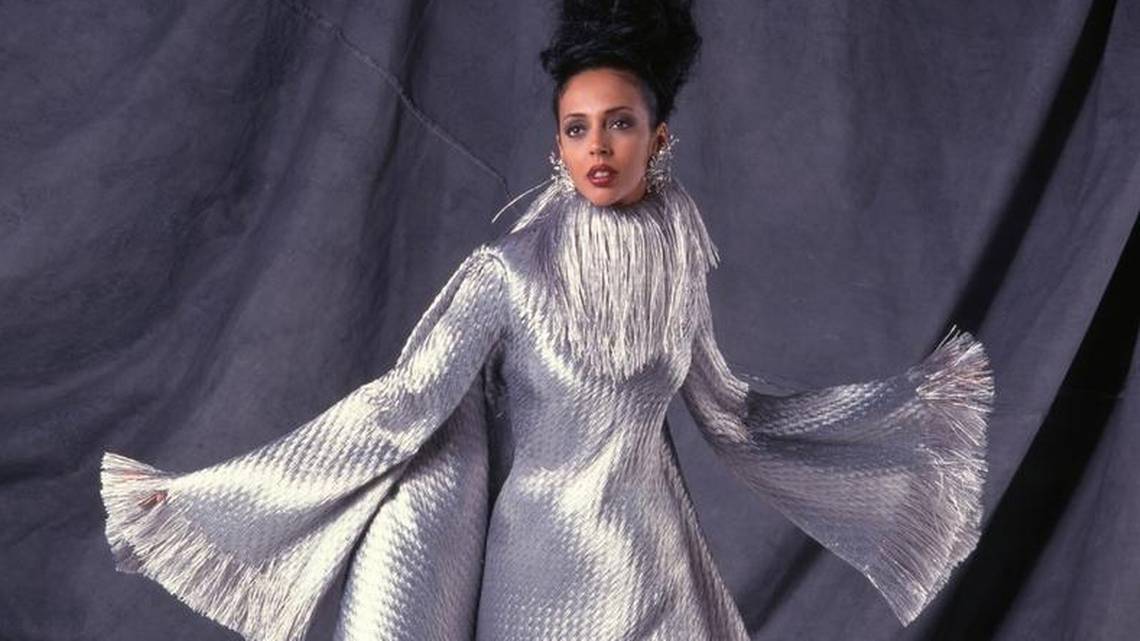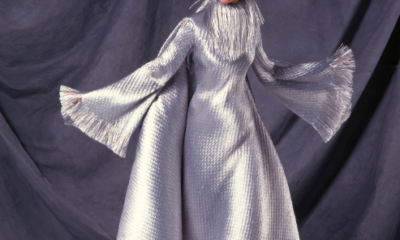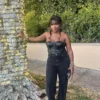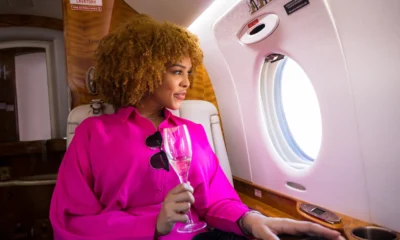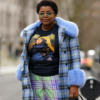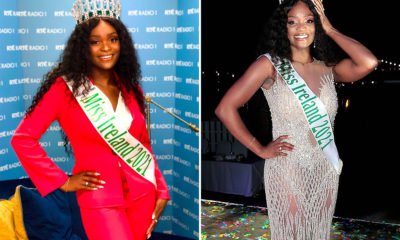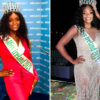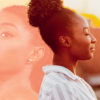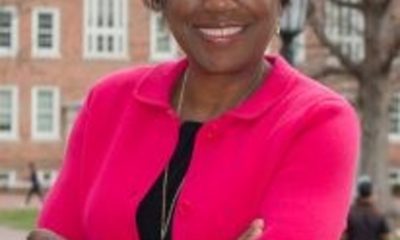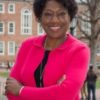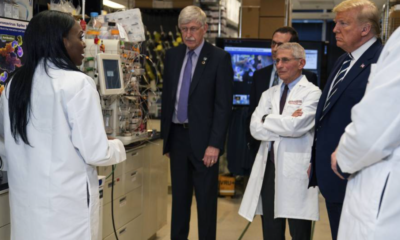Beauty and Health
For so many women, the Ebony Fashion Fair show was about much more than the clothes
Growing up in Topeka, Kan., in the 1970s and 1980s, Kimberly Lane didn’t see a lot of women who looked like her. Lane, an African-American girl surrounded by mostly white neighbors, had few examples outside her family of African-American beauty, femininity and style.
But then the Ebony Fashion Fair came to town.
The traveling fashion show – founded by Eunice Johnson, Ebony fashion editor and wife of the magazine’s publisher – brought glamour, beauty and haute couture fashion to cities across the nation from 1958 to 2009. The traveling show featured all African-American models taking the runway in clothing by the likes of Christian Dior, Givenchy, Yves St. Laurent and Vivienne Westwood, just to name a few.
For little girls like Lane, the event was more than just a fashion show. It was a powerful statement that African-American women were just as stylish and successful as any other woman.
“I grew up with Ebony Fashion Fair,” Lane says. “My mom took me to the shows back when I was growing up in Kansas. At that time, the dolls and the characters on TV were mostly Caucasian – it was really difficult to find something you could relate to.
“She wanted me to see women like me on stage. She would take me to help me build my self-esteem being a dark-skinned, tall, gangly girl my entire life. She wanted me to be able to carry myself with confidence.”
A new exhibition at the N.C. Museum of Art celebrates that legacy. “Inspiring Beauty: 50 Years of Ebony Fashion Fair” opens Oct. 28. The touring exhibition – originally developed by the Chicago History Museum in conjunction with Johnson Publishing – includes clothing featured in the fashion shows throughout the decades, along with behind-the-scenes photos and other archival material from Ebony.
The museum will host several related events to coincide with the exhibit, including an opening night fashion show and a conversation with Vogue magazine contributing editor André Leon Talley, who grew up in Durham.
Much more than just an homage to the fashion show, the exhibition illustrates cultural shifts for African-Americans – and American culture, as a whole – from the 1950s to the modern era.
“This exhibition is a time capsule, in a sense,” says Jennifer Dasal, associate curator of contemporary art at the museum. “It eloquently and succinctly shows how fashion changed …
Please read original article- For so many women, the Ebony Fashion Fair show was about much more than the clothes



